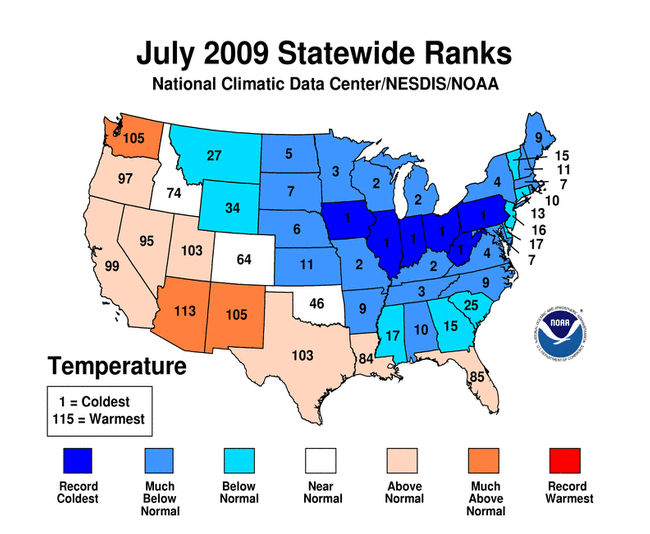More from yesterday. First, The Bridge Inn, where I had lunch and and after-hike pint:
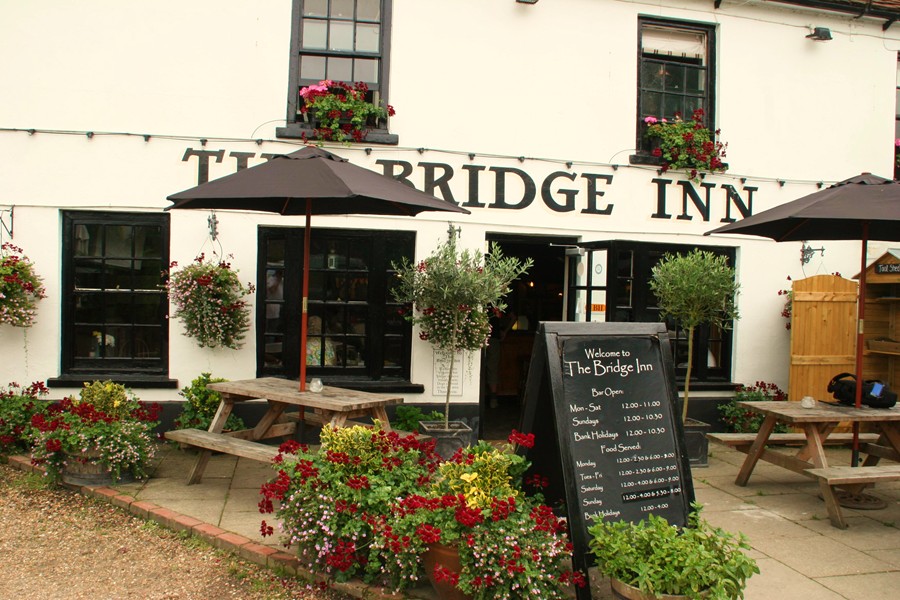
Second, you may wonder what a stile is. It's a fence with a board sticking through it that humans can get over easily and cows cannot. Of course, any determined bovine can simply knock through it, but most aren't that determined. Here's an example:
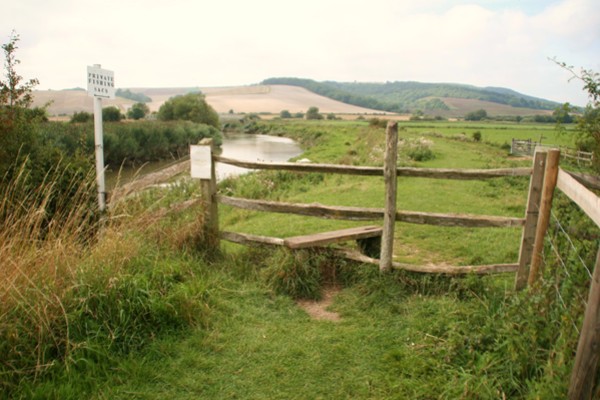
Finally, a house in the village of Amberley. Yes, people actually live in houses like this in England:
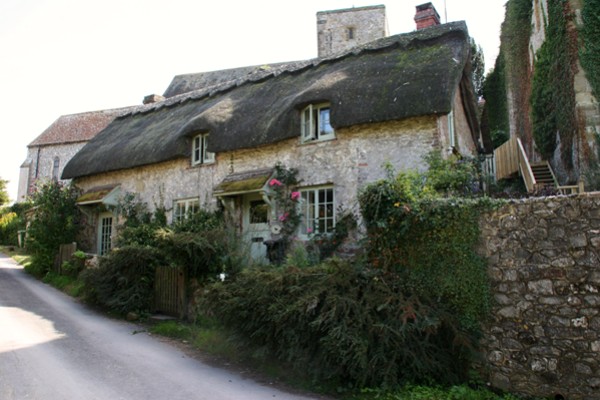
I will now, in 15 minutes, start the CCMBA. Wish me luck.
(Apologies to Daphne du Maurier.)
Back in June 1992, I took a day trip to Amberley, West Sussex, and got attacked by cows. Bullocks, actually. Angry half-tonne Jersey bullocks who knew on some fundamental level what would become of their bullock bollocks in just a few weeks. I was walking along their footpath and they stood up—yes, stood up—like Gandalf and bellowed something that sounded a lot like "You shall not pass!"
Today I returned to the scene of the crime. No bullocks anywhere.
One reason for going back was this bridge, which I showed you earlier:
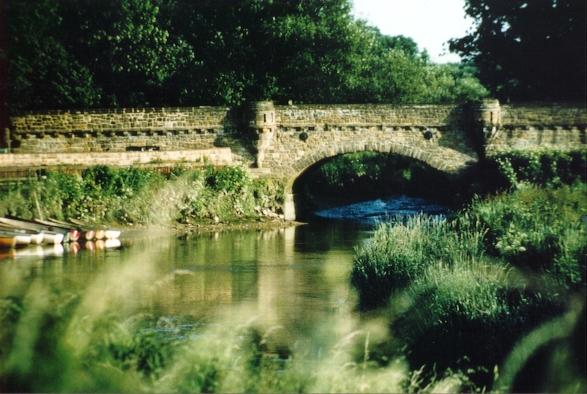
Here it is today:
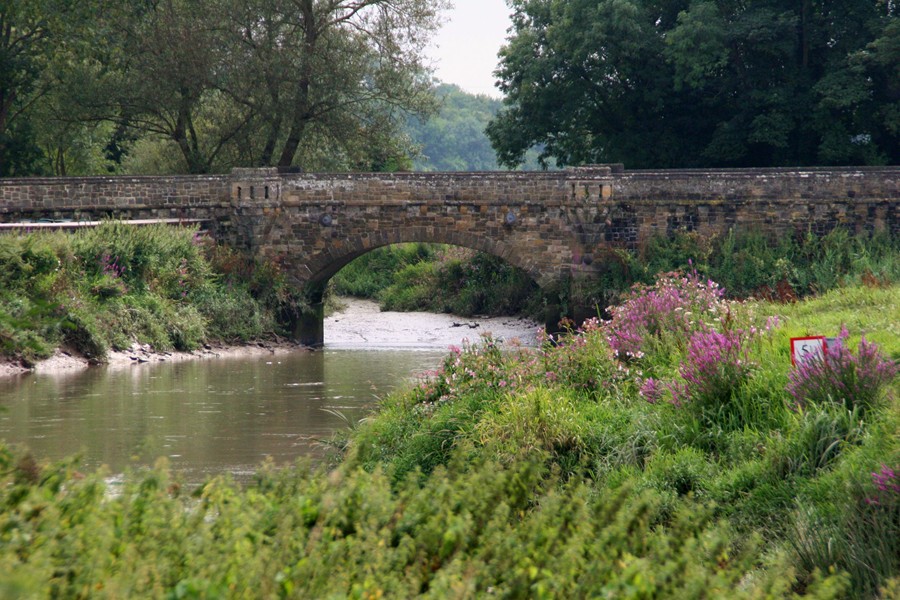
(By the way, the top image was taken on Kodachrome 64 with a Canon T-90; the bottom one, on a Canon EOS 20D. I'm looking forward to seeing them next to each other on a color-timed monitor instead of my laptop. Comparisons would be appreciated.)
From there, I walked up the path past the Cow Attack of 1992 and another 6 km or so beyond. Along the way, I did encounter some livestock, but these guys were (a) actually cows and (b) quite friendly:
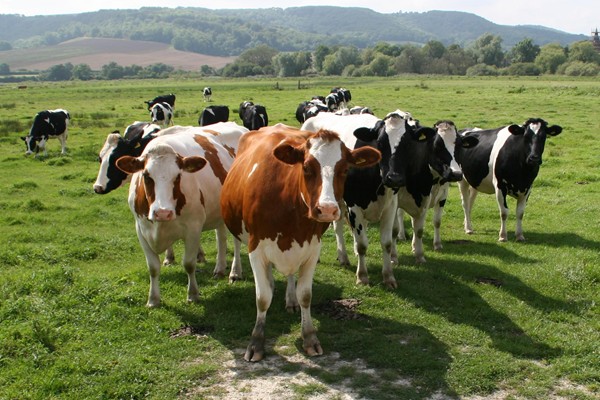
They actually follwed me, single file, across the meadow you see in the background, and then lined up for this group shot. Then they got bored and wandered off. Unlike my last enocounter with cattle on that footpath, I did not run screaming while they chased me all the way to the stile which I then had to leap in a single bound.
I once again ate at The Bridge, the same pub I ate at in 1992. Like many pubs in rural England, they allow dogs. Cassie here was very interested in my ham sandwich:
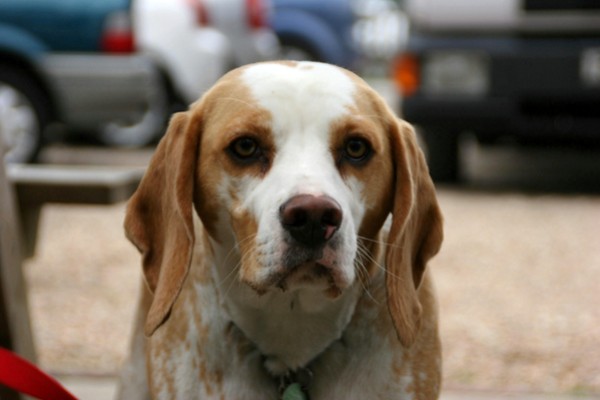
Finally, a tip. It is possible to get sunburned in the U.K. Sunscreen and hats do less good back at the hotel in London than they do on the hike.
Yesterday, the temperature in London got up to 25°C under sunny skies. Londoners panicked and fled into the streets. After getting my Oyster Card sorted, I joined the terrified masses and walked from Piccadilly Circus back to the Tower Bridge, 7 km according to Google Maps.
Start:

Finish:
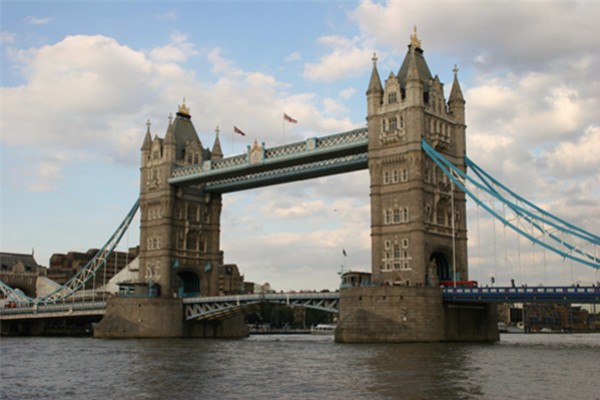
Today I'm going to flee the city (the weather forecast is for more of the same) and head into Sussex, to the site of the infamous Cow Attack of 1992, to see if this bridge is still there:

Full report later today.
I've arrived in London after an enjoyable flight and a remarkably speedy trip through baggage and customs. I've also had a shower and a kip, and I'm about to leave the hotel and actually enjoy the city for a bit.
Even though in the Land of Uk "one mustn't grumble," one can certainly make ill-tempered observations:
- Carrying a heavy bag down stairs is a much different proposition than carrying it up. And the Tube stop at Tower Hill has about 50 steps up and no escalators. As the difference between taking the Tube (£3.80) and a taxi (£75.00) is enormous, I will merely grin and enjoy the exercise.
- My T-Mobile G1 is not allowing me to connect to any UK mobile providers, including, it must be pointed out, T-Mobile. The phone has three bands and certainly can connect, it just doesn't want to. T-Mobile Online Chat Mechanical Turk "Paison" is "researching the issue," but it means that I'm doing an online chat with T-Mobile rather than wandering London.
- Once outside the hotel, I have to go to Piccadilly Circus to set up my Oyster Card (a stored-value card that works on the Tube and other parts of London transit) for auto top-up. I could do this online, except their online form doesn't accept international addresses, even though my account is an international account. It's stupid programming. Fortunately I have enough on my Oyster Card to get to Piccadilly Circus, and if Paison can research the issue faster, I can get there before the travel cent
erre closes in four hours.
- Should I manage to get my Oyster card working, which requires leaving the hotel, which requires Paison to tell me how T-Mobile will let me give them more money, I have to buy two neckties. Why? Because all of my neckties are in my closet. In Chicago. Because my checklist for things to pack included many things, but even when packing my suit, my Oxford shirts, and even my cufflinks, I neglected to pack ties. Yeah. I'm in the Advanced Program.
OK, while typing this Paison figured out what setting in T-Mobile's computers was wrong, so my phone is working, having mysteriously connected itself to T-Mobile's UK network. I will now sally forth into this alien world and practice speaking the local language...
Quick update: I blamed Oyster's Website for the difficulty I had setting up my card. No, actually, the problem came from my bank's fraud detection department. They saw two charges from the U.K. and just blocked the card, knowing that I'd call them eventually. Keep in mind, my bank processed the charge for the airplane tickets (that included the itinerary, don't ask me why), and processed a charge last night at O'Hare, and could not draw a straight line between these things and a charge this morning for my hotel in London. But, hey, better safe than sorry, especially when you (i.e., the bank) have unlimited liability for fraudulent charges and I (i.e., me) have none. My inconvenience is your loss prevention.
Right. I really am leaving this hotel now.
Quick update redux: Nope, it was Oyster after all. They can't verify my postcode. Off to Piccadilly.
The Chicago Tribune reported this afternoon that the Red, Yellow, and Orange Lines have gotten approval for long-overdue extensions—or, in the case of the Yellow Line, restoration:
The Red Line extension, some 40 years in the making, would use Union Pacific Railroad right of way. The new train service would improve mobility for low-income residents in communities under-served by mass transit on Chicago's South Side, as well as provide a new transit option for commuters from the southern suburbs who either drive downtown or drive to Metra stations.
In addition, the Orange Line would be expanded from Midway Airport to near the Ford City shopping center. The extension is intended to improve bus-to-train connections for numerous CTA and Pace bus routes along Cicero Avenue and other nearby parts of the Chicago area where there has been significant growth. ... In the north suburbs, the Yellow Line would be extended several miles to near the Old Orchard shopping center in Skokie, from the current terminal on Dempster Street.
I say "restoration" for the Yellow Line because, until 1963 when the North Shore Line went bankrupt, the line ran a bit farther than Dempster Street. Actually, it ran all the way to Milwaukee. But because public preference and policy favored private cars over all other forms of transportation, the northern suburbs expanded through road construction, to the detriment of the existing interurban rail lines that covered the area. The Yellow and Purple Lines run over the North Shore Line's tracks, in fact.
That the CTA now wants to restore 5 km of track that existed for 60 of the past 100 years was predictable when the track was removed in the 1960s. I wonder how long it will take before the Yellow Line goes up to Northbrook Court. Again.
I need to buy a smaller bag.
I learned this checking in at O'Hare a few minutes ago. It turns out, American Airlines has a 32-kilo limit on each checked bag. However, if your bag wieghs more than 22.7 kg, they charge you $50 for the overweight.
My bag weighed 33 kg until I removed my one-kilo Financial Accounting binder—just the binder, not the textbook, workbook, or CD—and rearranged my other two bags to distribute the weight better. The final score: Checked bag, 31.7 kg on the nose; carry-on bag, 7.7 kg; backpack, 8 kg; doctor visit co-pay, $10.
So, once I get to London and, a few hours later, recover from schlepping 48 kg of baggage up the steps of the Tower Hill Tube stop, I may pop 'round to Oxford Street and get a new bag. Because, see, the bag I have at home that would have perfectly fit the bill is inconveniently still at home.
Another thing: when did American start putting winglets on Boeing 767s? Look:
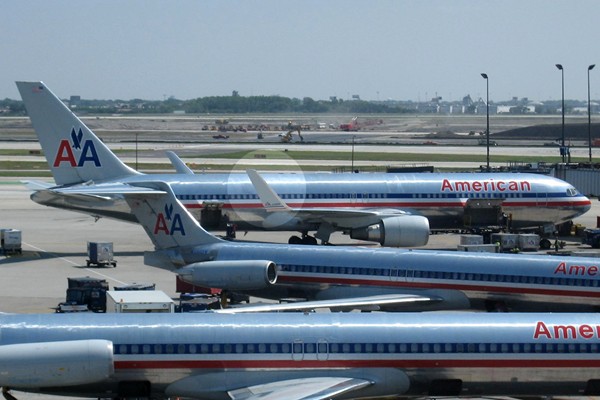
Quick follow-up to people who aren't pilots: This week's "Ask the Pilot" has an explanation of winglets. He also has a description of Princess Juliana Airport as well, which is the reason I visited Sint Maarten last winter.
I've packed, my house is in order, the forklift (needed to get my bag, and its half-ton of books, down to the curb) has arrived. But my flight doesn't leave for more than four hours. So, do I kill time at O'Hare, or at home?
O'Hare, I think. That, at least, removes some of the uncertainty from the trip.
Next report from London.
Journalist Robert Wright weighs in on the (ridiculous, I think) question of whether dogs are parasites:
I suspect the historical relationship between dogs and humans has been mutualistic, not parasitic; humans have probably been pragmatic in choosing what kinds of dogs to associate with during dog-human co-evolution, thus keeping wantonly exploitative tendencies out of the canine gene pool. (If anything, the parasitism has probably worked in the other direction.)
And as for the question of whether, evolutionary history aside, the average dog is now parasitic upon its owner: Well, these days we own dogs mainly for the joy they bring us, not to warn us about wild animals. So the question is simple: Does your dog bring you more joy than pain?
Yes, I can say about my own dog, which I feel even more acutely right at this moment owing to Parker's absence. I'm off to the Land of Uk tomorrow, so Parker is with a friend until I get back. I have to say, coming home to an empty apartment—I even took his bed up to the friend's house—really sucks.
The National Oceanic and Atmospheric Administration has published its climate highlights for July 2009:
- An abnormally strong, persistent upper-level pattern produced more than 400 record low minimum temperatures and 1,300 record low maximum temperatures (lowest high temperature) across the nine-state area that make up the Central region.
- Ohio, Iowa, Illinois, Indiana, West Virginia, and Pennsylvania experienced their coolest July on record. Kentucky, Missouri, Wisconsin, and Michigan each had their second coolest July on record, while Minnesota and Tennessee had their third coolest July on record.
And they have art:
